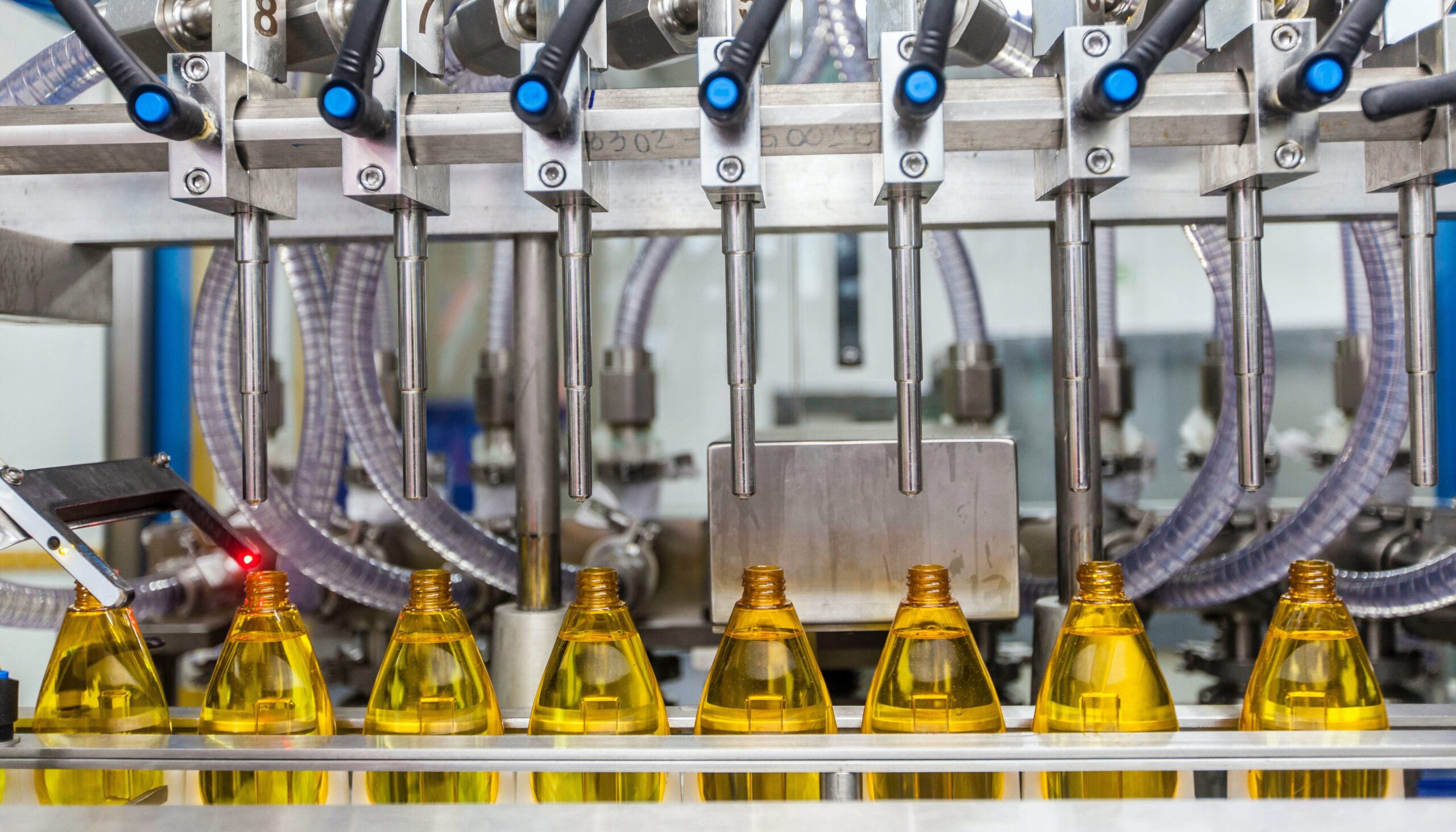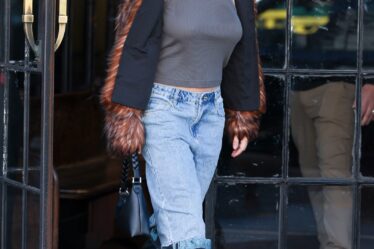
Welcome to BoF’s Beauty Newsletter, featuring members-only analysis and the week’s top news from the front lines of the global beauty business. Subscribe here.
NEW YORK, United States — Kathleen Light, a beauty influencer, says Glow Recipe’s Pineapple-C Bright Serum was one of her favourite beauty products of 2019. There’s just one thing:
“It smells like poison. Freaking garbage,” she told her 4.2 million YouTube followers. “Even though it smells like ass, I still use it … because what this does to my skin is incredible.”
It’s the kind of moment that any beauty brand dreads during the best of times. And the stakes are even higher during the pandemic, when consumers have cut back sharply on spending, but are still willing to splurge on the occasional beauty product.
So when Light said Glow Recipe’s serum didn’t pass the smell test, the K-beauty brand listened. Coming up with a new formula that worked just as well, minus the overpowering pineapple-y odour, took months (the old version remained for sale to customers with less-sensitive noses until it had sold through). In January, a new version of the serum was introduced, and Glow Recipe explained the changes in an Instagram post that featured a clip of Light’s review.
https://www.instagram.com/p/B7bareSA0Vg/
“One of our goals is that the experience of application should be just as good as the results,” said Glow Recipe co-Founder Sarah Lee. “When Kathleen Light [put up her review] we said, ‘this is something we should take seriously.’”
Reformulations have a bad reputation. They tend to happen in the shadows, with brands tweaking their products to incorporate cheaper ingredients and hoping customers don’t notice. They’re often required after a product recall, or when an ingredient is discovered to be harmful.
But Glow Recipe is part of a new wave of brands that see reformulations as a marketing opportunity rather than a dirty secret. Their customers are more interested in the ingredients on the label, and do their own research on what goes into their products. Brands that promise transparency, even when that means admitting the occasional misstep, do well.
Talking about reformulations is particularly important in the “clean” beauty market. A growing subset of consumers want to be reassured that the products they’re using aren’t made with harsh or potentially dangerous chemicals. It’s the confluence of consumer demand for clean products and transparency from the brands that make them that has led to a dramatic uptick in reformulations in recent years.
“It’s wild, there’s definitely been a shift,” said Meredith Marshall, the vice president of product development and marketing at Crystal Claire Cosmetics, a custom manufacturer that works with both prestige and mass brands on formulation and packaging. “It’s such a different industry than when I started 13 years ago. We’re seeing clients come to us constantly saying, ‘now this is restricted.’”
There are no industry-wide standards for what’s clean and what isn’t, so brands must adapt their products’ formulas to individual markets, or even individual retailers. Where the EU bans the use of 1300 ingredients, the FDA in the US bans just 30. Sephora’s Clean programme serves as a standard for many brands.
The LVMH-owned beauty retailer launched Clean at Sephora, which offers a rubric for what makes products clean, in 2018, after learning from customer surveys that there was growing demand for skincare and cosmetics made by brands with a “point of view on how they were formulating,” said Cindy Deily, the retailer’s vice president of skincare merchandising.
“We took it as an indication that our customers were looking for more transparency,” Deily said.
In 2019, Clean at Sephora added a “never” list of 54 ingredients that would disqualify products from receiving the “clean” stamp. Many brands underwent reformulations to make the cut.
“We worked with brands to give them a head’s up,” said Deily. “There was quite a bit of work behind the scenes working with brands to reformulate.”
Brands that promise transparency, even when that means admitting the occasional misstep, do well.
The time it takes to reformulate varies from product to product.
“Sometimes it’s as simple as replacing a discontinued raw material, or a pigment, and the next day it might work,” said Crystal Claire’s Marshall.
But finding substitutions for commonly used chemicals can be more difficult. Marshall said many brands are looking for alternatives to polyethylene glycol (PEG), a petroleum-derived emulsifier that makes products stable. Finding a greener alternative that doesn’t affect the look and feel of cosmetics is a long process, she said.
“You have to nail the texture and performance, lay down, dispersive pigment, dry down, wear, then you have to take it through stability, which can take weeks, then compatibility, which can take up to a year,” Marshall said.
Brands can make up for some of the time and cost of a reformulation by turning it into a marketing moment. Glow Recipe’s Lee noted that their announcement that they had reformulated the Pineapple-C Serum was one of their most highly engaged posts to date.
“People really appreciated that they were heard,” said Lee.
THIS WEEK IN BEAUTY
Luxury prestige beauty brands see increased demand. With spas closed, consumers are turning to high-end brands like Biologique Recherche for at-home facials and virtual consultations.
Clean beauty product sales are up 11 percent. Despite the beauty industry’s overall decline of 14 percent, clean beauty’s commitment to product safety is resonating with anxious consumers.
Beauty brands among those turning to VR e-commerce to make up for store closures. VR companies like Obsess are seeing 300 percent increases in inquiries over the last month as retailers like Ulta invest in online shopping experiences.
Revlon’s refinancing plans reportedly in question. The company announced plans to acquire new loans from Jefferies in March, but the agreement may be postponed due to an internal dispute said a person familiar with the matter.
Ulta staff exposes retailer’s waste problem via TikTok. The employee posted a video which garnered three million views of herself destroying beauty products that had been returned.



